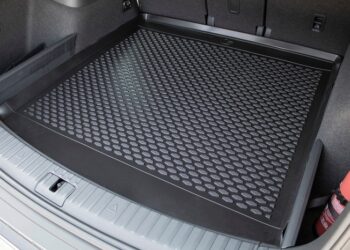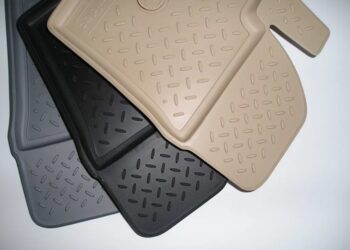A few decades ago, all skirting boards in factories were made exclusively wooden, in our time this material began to lose its position. Wood began to displace plastic and MDF. Any change in the moist and temperature regime significantly affects wood, in addition, it must be painted or varnished, it needs constant care.
However, even having such a high level of environmental friendliness, a wooden skirting board is not always convenient to use. To achieve a neat type of finish, a very accurate adjustment of the joints is required and an accurate cut of cuts on existing corner joints is required. Installation of wooden skirting boards is made using nails in which hats are bitten off. During installation, no one can guarantee that the wood will not split and does not crack. Such skirting boards require paintwork, and regular update.
It is much more convenient to use and when installing plastic skirting boards. Such a skirting board has a variety of surface relief, it has a special channel to lay a cable, in the skirting board a flexible edge, which allows to hide, the available small unevens of the walls.
The plastic skirting board has a diverse decorative finish, which allows you to choose a skirting board for any flooring. It is successfully suitable for laminate, carpet or tile.
However, plastic will never have the appearance of a natural tree, it is not given to him. Moreover, with its quality it greatly affects the microclimate in the apartment. If it does not have a certificate of environmental safety, then as a result it can cause some oncological diseases.
Fans of natural material prefer a plinth from MDF. It is sufficient, durable and has a beautiful appearance. Such a plinth does not need special care, it can be mounted in any room, and with high humidity. Very often it is released with cable channels. The plinth is mounted using dowels, and the aesthetics of its connection are provided by connecting and angular elements.











